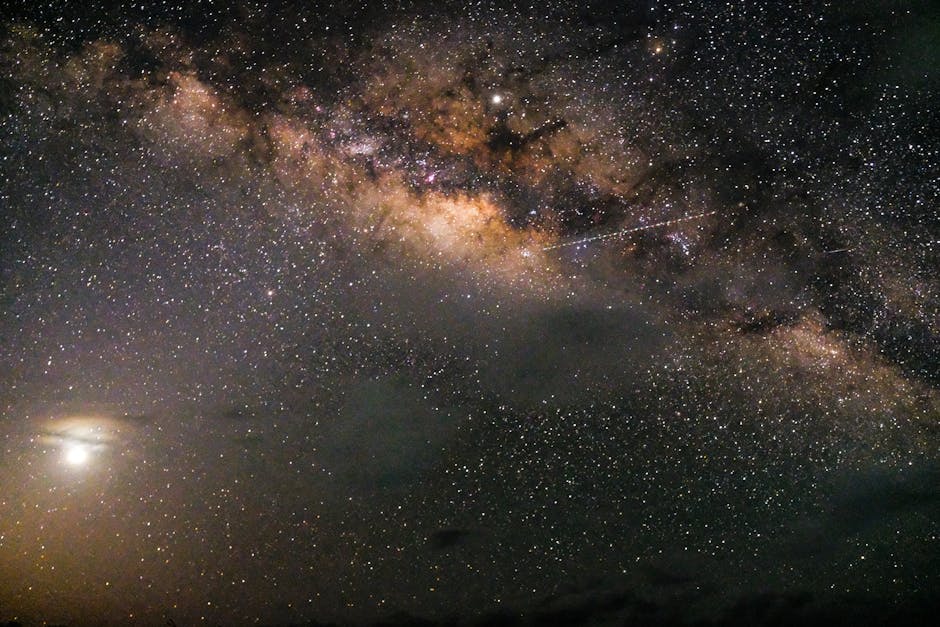Unlocking the Universe’s Hidden Matter: How Fast Radio Bursts Solved a Cosmic Mystery
Unlocking the Universe’s Hidden Matter: How Fast Radio Bursts Solved a Cosmic Mystery

Hey friend, remember that whole “missing matter” problem in the universe? Scientists have been scratching their heads over it for ages. Turns out, a significant chunk of the universe’s “normal” matter (the stuff we’re made of, not that weird dark matter) was hiding in plain sight – or rather, in plain absence of sight.
We knew normal matter should be out there, but it was too diffuse and faint to detect with our usual methods. Think of it like trying to spot a few stray dust motes in a gigantic, dark room. Impossible, right?
Enter fast radio bursts (FRBs). These are incredibly powerful, brief bursts of radio waves from distant galaxies. While their origins are still a bit mysterious, scientists realized they could use them to “see” the missing matter. It’s like using a super-bright flashlight to illuminate that dusty room.
Here’s the clever part: as the FRBs travel across the universe, their light interacts with the sparse gas and dust between galaxies (the “intergalactic medium”). This interaction slightly slows down the light, and the amount of slowing depends on how much matter is present. By precisely measuring this slowing, scientists can effectively “weigh” the matter, even if it’s too faint to see directly.
A team used data from 69 FRBs, some originating billions of light-years away, to do just that. They found that a whopping 76% of the universe’s normal matter is hanging out in this intergalactic space. Another 15% is in the halos surrounding galaxies, and the remaining 9% is in galaxies themselves (making up stars and gas).
This discovery not only solves the missing matter puzzle but also matches predictions from complex simulations of the universe. It’s a huge win for our understanding of how galaxies form and evolve. And it’s all thanks to these incredibly energetic, fleeting bursts of radio waves!
The researchers believe this is just the beginning. With new, more sensitive radio telescopes on the horizon, we’ll be able to detect even more FRBs, giving us an even clearer picture of the universe’s composition and evolution. Pretty cool, huh?
Disclaimer: This content is aggregated from public sources online. Please verify information independently. If you believe your rights have been infringed, contact us for removal.